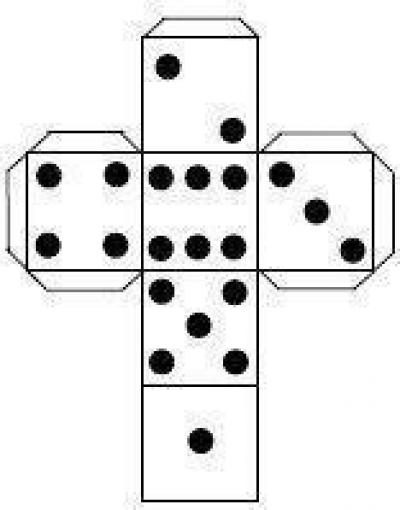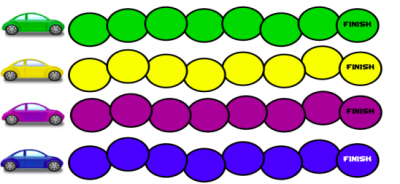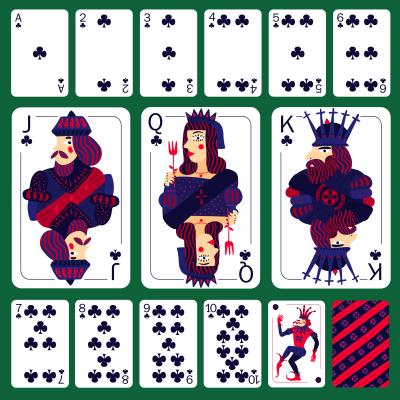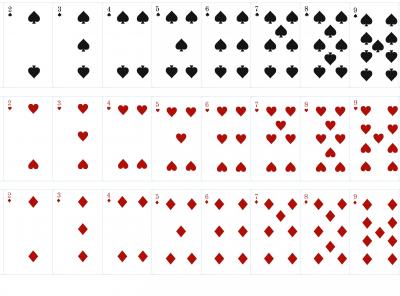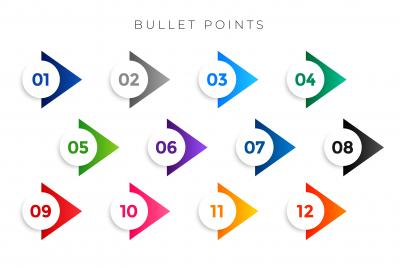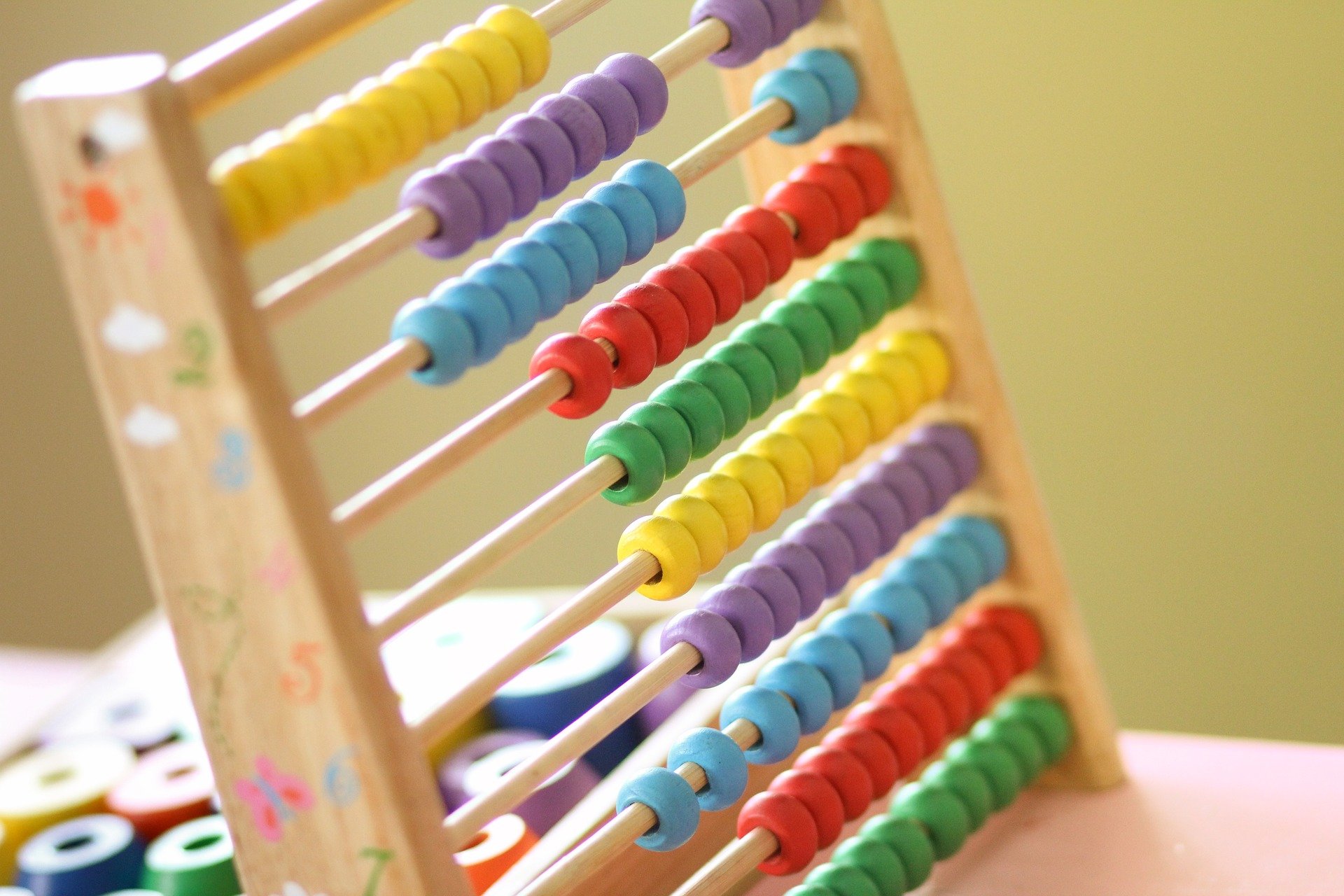
Description:
Numeracy focuses on the core skills of applying numerical concepts. It is the ability of understanding fundamental mathematical operations such as multiplication, division, addition and subtraction. These activities are created for all ages and all cognitive levels.
Activities should be adapted based on the learner's cognitive ability.
Purpose
Numeracy activities are important for learners to develop logical thinking and strategies in everyday life. Learners also need numeracy to make sense of numbers, solve problems, play sports, cook and understand instructions.



